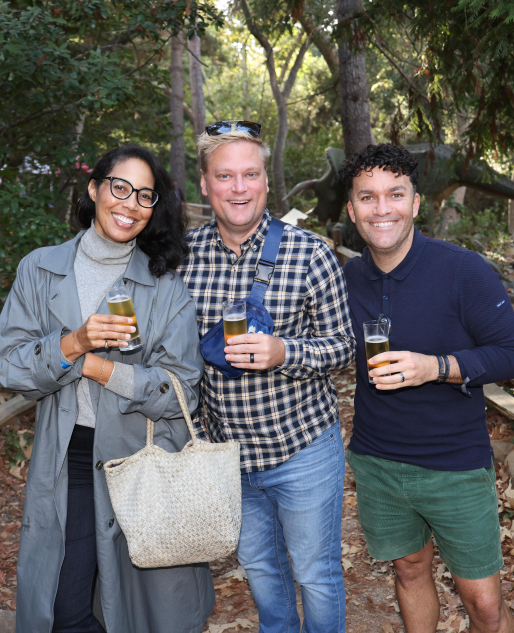Reflecting on the 1824 Chumash Uprising in History and Conversation
• Historical research talk marked bicentennial of significant local event
• Organized by Santa Barbara County Archaeological Society and hosted by Santa Barbara Museum of Natural History
• Talk featured research of SBMNH Curator Emeritus John R. Johnson, Ph.D.
• Recording by Larry Nimmer now available
In February 1824, Chumash people at three local missions took up arms against soldiers and missionaries, kicking off a regionwide struggle that took months to resolve and claimed the lives of at least 43 Native people and 8 Californios. Far from being remote history, this 200-year-old conflict is of deep interest to locals. The Santa Barbara Museum of Natural History (SBMNH) has just released a recording by Larry Nimmer of a public talk about the topic, organized by the Santa Barbara County Archaeological Society and held at the Museum, featuring the historical research of SBMNH Curator Emeritus of Anthropology John R. Johnson, Ph.D.
Dr. Johnson has long studied the Chumash Uprising of 1824 as part of his broader research into the region’s past, but the bicentennial struck him as an apt time to correlate the various perspectives of sources he has gathered over the years. Chumash people, missionaries, soldiers, and government officials all told different stories—some conflicting—in the accounts they passed down to posterity. “I believe that perhaps there exist elements of truth to all of these stories,” Johnson acknowledged.
At the time of the uprising, conditions at local missions were worsening for Chumash people. Mexico had recently won independence from Spain, so colonial supply ships no longer provisioned Alta California. “The burden of supporting soldiers and their families fell upon the Indians at the missions. They were under stress,” reported Johnson. High mortality from epidemics devastated Chumash communities and left behind fewer people to bear the economic burden. A drought depleted the food supply. Mistreatment of Chumash people by Spanish soldiers is reported to have been the final straw, with an incident of flogging at Mission Santa Ines kicking off the first fight.
Nimmer's recording of Johnson’s talk—plus a Q&A session and interviews with some of the Chumash community members in attendance—presents a detailed accounting of many points of view on an event of deep significance to many local people.
“I’ve grown up knowing this story my whole life,” Marianne Parra—who has Chumash ancestry from several groups throughout the region—told Nimmer. “It is interesting to piece all this new information together.” Observing the public interest in the motivations of Chumash people at the time of the uprising, Parra reflected, “It’s been the same thing, we want our land back, we want a place of our home. We want that peace and freedom and our sovereignty that we lost hundreds of years ago.”
Parra described how she and Kaswa’ Chumash Elder Ernestine Ygnacio-DeSoto (whose opening remarks welcomed the talk’s audience) annually participate in a ceremony to honor the Chumash people killed during the uprising. “I don’t think our ancestors thought we would be honoring, remembering them, saying their names all these decades later.”
The full recording is available on the Museum's YouTube channel.


